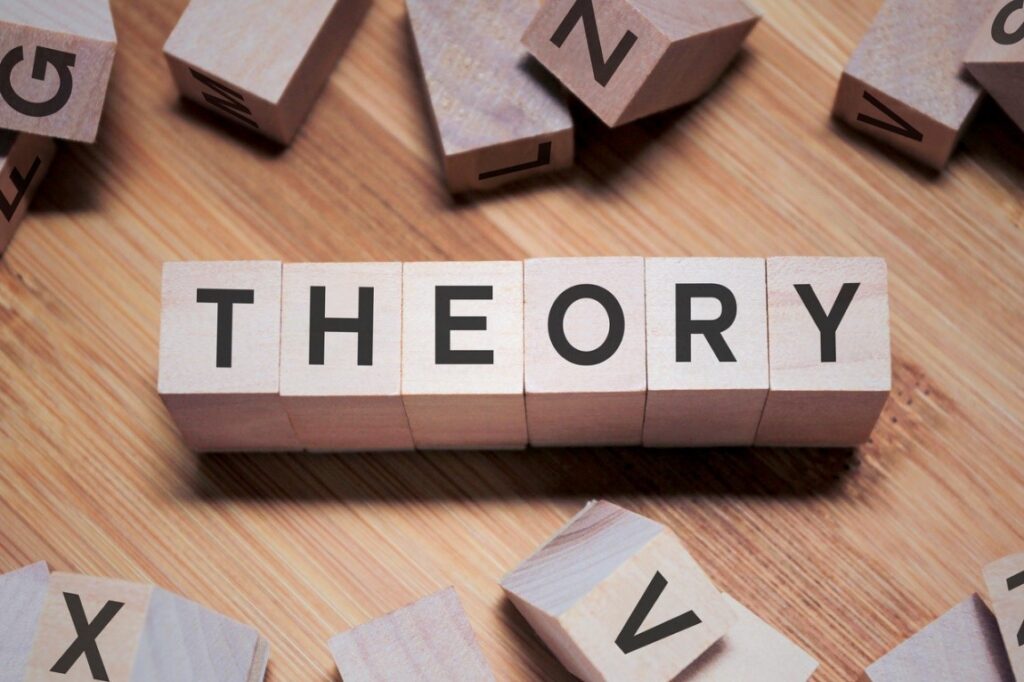The Goal-setting theory of motivation was introduced by Locke in the 1960’s. the premise of this theory is that goal setting is crucial for task performance and the motivation to achieve these goals. This is common in organisational behaviour as a way to motivate employees to reach certain levels of performance. These goals indicate and give direction to an employee about what needs to be done and how much efforts are required to be put in.
The key concepts of of goal-setting theory are:
- The willingness to work towards attainment of goal is a main source of job motivation. Clear, particular and difficult goals are greater motivating factors than easy, general and vague goals.
- Specific and clear goals lead to greater output and better performance. Unambiguous, measurable and clear goals accompanied by a deadline for completion avoids misunderstanding.
- Goals should be realistic and challenging. This gives an individual a feeling of pride and triumph when he attains them, and sets him up for attainment of next goal. The more challenging the goal, the greater is the reward generally and the more is the passion for achieving it.
- Better and appropriate feedback of results directs the employee behaviour and contributes to higher performance than absence of feedback. Feedback is a means of gaining reputation, making clarifications and regulating goal difficulties. It helps employees to work with more involvement and leads to greater job satisfaction.
- Employees’ participation in goal is not always desirable.
- Participation of setting goal, however, makes goal more acceptable and leads to more involvement.
Goal setting theory can lead to the desired outcomes through improving these other related factors:
- Self-efficiency- Self-efficiency is the individual’s belief that he has potential of performing the task. When an employee has higher levels of self-efficiency, they tend to put more effort into achieving their goals as they believe they will be able to achieve them.
- Goal commitment- Goal setting theory assumes that the individual is committed to the goal and that there are some feature of this that make goal setting more efficacious:
- Goals are made open, known and broadcasted.
- Goals should be owned by the individual and therefore must be set by themselves (or at least perceived to be so).
- (if at work) Individual’s set goals should be consistent with the organizational goals and vision.
Advantages of Goal Setting Theory
- Goal setting theory is a technique used to raise incentives for employees to complete work quickly and effectively.
- Goal setting leads to better performance by increasing motivation and efforts, but also through increasing and improving the feedback quality.
Limitations of Goal Setting Theory
- At times, the organizational goals are in conflict with the managerial goals. Goal conflict has a detrimental effect on the performance if it motivates incompatible action drift.
- Very difficult and complex goals stimulate riskier behaviour.
- If the employee lacks skills and competencies to perform actions essential for goal, then the goal-setting can fail and lead to undermining of performance.
- There is no evidence to prove that goal-setting improves job satisfaction.
